Breton Hamlet in Spring
Oil on canvas signed lower right
78 x 98 cm unframed
Period gilt-framed wooden frame
In this large composition, dated between the 1920s and 1930s, Charles Mootz celebrates rural Brittany, capturing the changing light of a spring sky. Typical stone houses stand out against a backdrop of moving clouds, while in the foreground, a blossoming tree—probably a cherry—illuminates the scene with a vibrant pink glow. The pond, fringed with vivid grass and wildflowers, gently reflects the landscape, amplifying the sense of calm and renewal that characterizes this season. Mootz delivers a poetic and sensitive vision of a corner of the Breton countryside, imbued with charm and nostalgia. The work, on its original canvas and stretcher, has undergone discreet professional restoration and is now in excellent exhibition condition. It can be hung as is, in its old frame, ready to be admired.
Charles Mootz (1889-1944) – French painter Charles Jean Mootz was born on July 16, 1889 in Paris (14th arrondissement) into a modest family. He was the son of Charles Nicolas, a salesman, and Marie Miller, a seamstress. On December 12, 1912, he married Adrienne Augustine Chuard in Paris (14th arrondissement). The couple settled at 1 avenue Richerand, in the 10th arrondissement of Paris. A talented painter, Charles Mootz distinguished himself with his depictions of seascapes and coastal landscapes, particularly in Brittany. He was active in the Roscoff and Morlaix regions, where he subtly captured the changing light and the unique atmosphere of the Breton coast. His works demonstrate a great mastery of the play of light and maritime nuances, reflecting both the serenity and harshness of the Breton landscapes. Charles Mootz's life was tragically marked by the events of the Second World War. During the fighting for the Liberation of Paris in August 1944, he was seriously wounded. Transported to the Saint-Louis Hospital, located on Place du Docteur Alfred-Fournier in Paris, he succumbed to his wounds on August 28, 1944. In recognition of his sacrifice, the Ministry of Veterans Affairs posthumously awarded him the mention "Mort pour la France" by an official document dated July 25, 1945. This distinction underlines his commitment to a decisive period in French history. His paintings, particularly those depicting the ports and coastal landscapes of Roscoff and Morlaix, perpetuate his artist's vision of the natural and timeless beauty of the Breton coastline.



























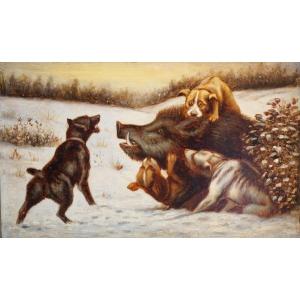




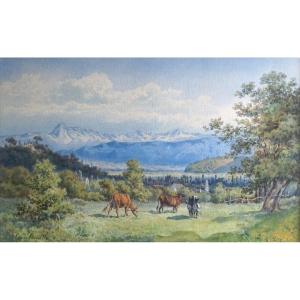


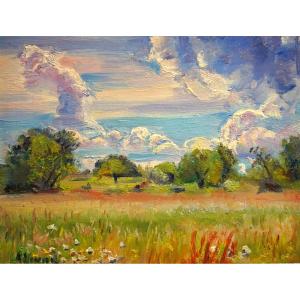

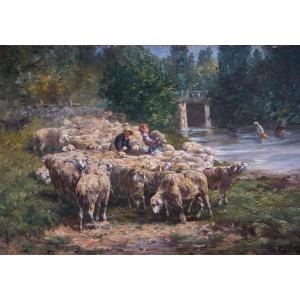
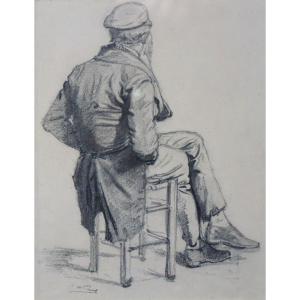
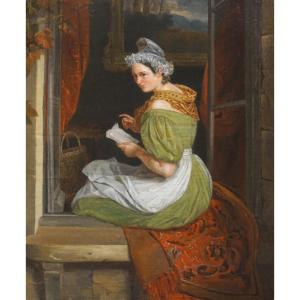

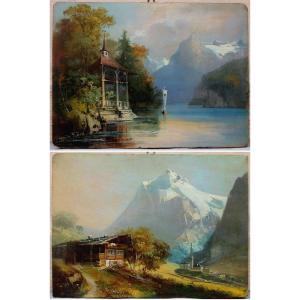

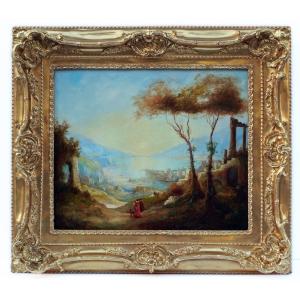
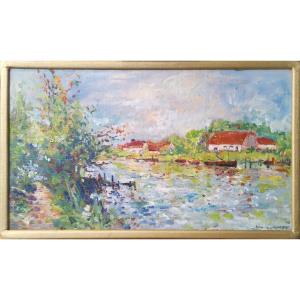



 Le Magazine de PROANTIC
Le Magazine de PROANTIC TRÉSORS Magazine
TRÉSORS Magazine Rivista Artiquariato
Rivista Artiquariato